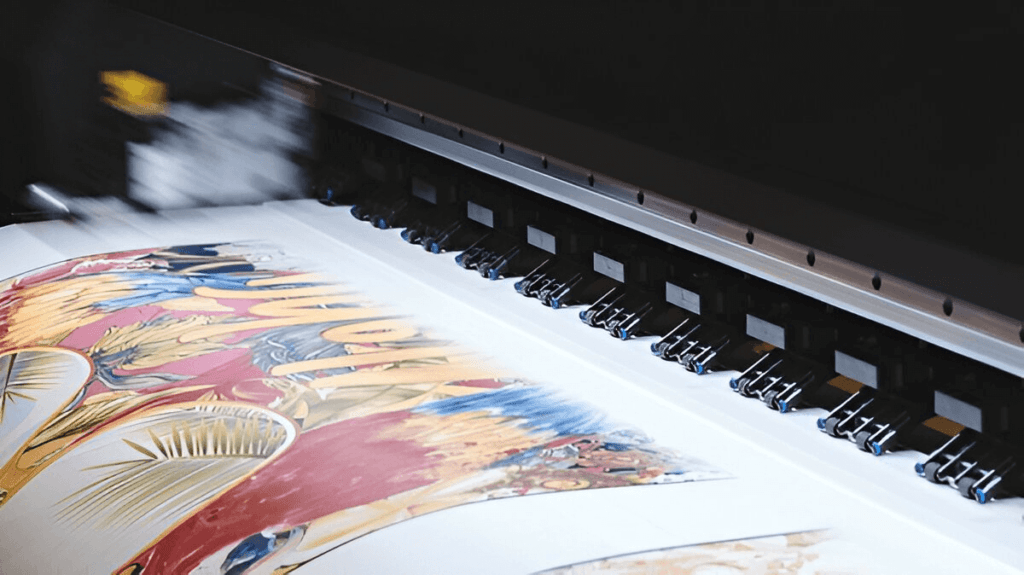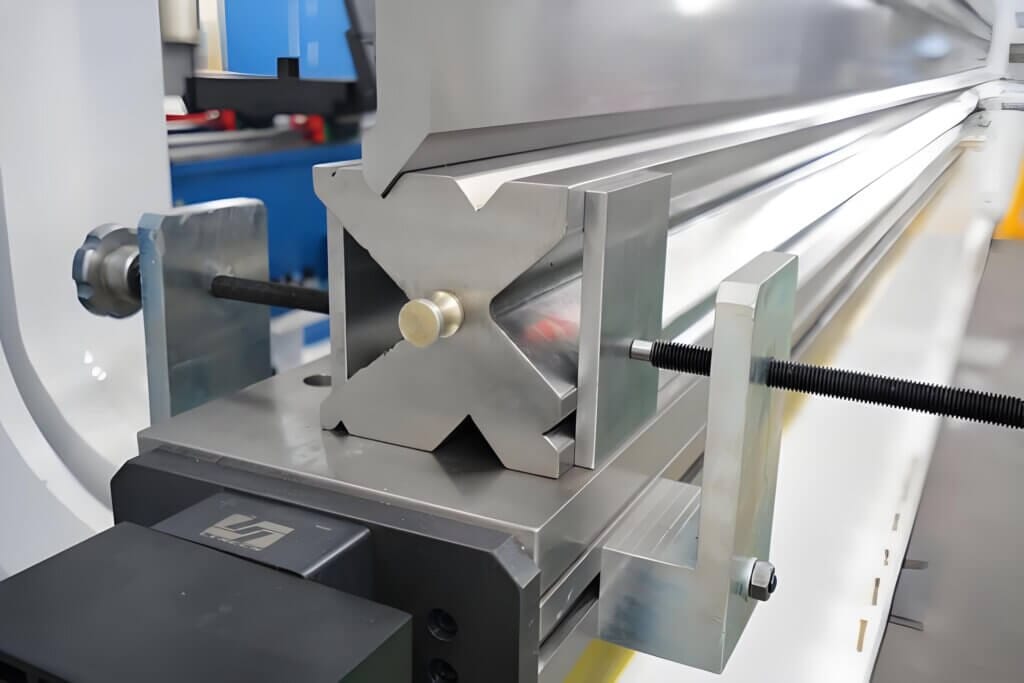Understanding Industrial Blade Types
Industrial blades are essential components in various manufacturing processes, designed for specific cutting applications across multiple industries. This section delves into the different types of industrial blades available in the market, emphasizing their characteristics and uses. Among the most common industrial blades are circular blades, band saw blades, and knife blades, each tailored to meet distinct operational requirements.
Circular blades, often employed in woodworking and metalworking, boast a round shape that allows for smooth, continuous cuts. These blades are particularly effective for slicing through materials such as plywood, metal sheets, and plastics. Their design enables high-speed cutting, making them ideal for mass production environments where efficiency is paramount. Industries relying on circular blades include furniture manufacturing and automotive production.
Band saw blades, another prominent type, consist of a long, continuous strip with teeth on one edge. They excel in applications requiring intricate shapes or cuts through thick materials, making them a go-to choice for lumber mills and metal fabrication shops. The flexibility of band saw blades allows them to cut curves and detailed patterns, expanding their utility across diverse sectors.
Knife blades, often referred to as straight blades, are utilized in packaging and food processing applications. Their sharp edges provide precision cutting, which is essential for producing clean finishes and minimizing waste. Industries such as food service and logistics often employ these blades for their ability to handle various materials, including cardboard and food products.
Choosing the right blade is crucial for optimal performance in industrial settings. Factors such as material type, thickness, and intended use significantly influence blade selection. Understanding these industrial blade types and their applications enables operators to make informed decisions about blade maintenance and replacement, ensuring operational efficiency through appropriate industrial blade replacement solutions.
Signs You Need to Replace Your Industrial Blades
Monitoring the condition of industrial blades is critical for ensuring optimal performance and efficiency in various manufacturing processes. One of the most prominent signs indicating the need for industrial blade replacement is a noticeable decline in cutting quality. If products exhibit uneven cuts or frayed edges, it may suggest that the blades are dull and require immediate attention. Ensuring precise cuts is essential in maintaining product quality and upholding industry standards.
Another significant indicator is increased resistance during operation. Operators may experience more physical effort required to drive the machinery, which can lead to inefficient performance and unnecessary wear on the equipment. This increased friction is a clear signal that the blades may no longer be functioning effectively and should be evaluated for replacement.
Unusual noises during operation can also be a red flag. If industrial blades are damaged or worn out, they can produce grinding, rattling, or clanking sounds. These noises not only indicate potential mechanical issues but can also lead to more severe damage if left unaddressed. Therefore, it is crucial to pay attention to any changes in sound while the machinery is in use, as they often foreshadow the need for blade replacement.
Additionally, visible signs of wear and tear on the blades themselves should not be overlooked. Chips, cracks, or deformation are indicators of significant stress and potential failure points. Regular visual inspections can help in identifying these issues early, minimizing the risk of unexpected outages and production halts. Ultimately, recognizing these signs of blade deterioration is imperative for implementing timely industrial blade replacement solutions, ensuring smooth operation, and optimizing overall machinery performance.
How to Choose the Right Replacement Blades
When it comes to ensuring the efficiency and longevity of machinery, selecting suitable industrial blade replacement solutions is paramount. The first aspect to consider is the blade material. Different materials, such as high-speed steel, carbide, or specialized alloys, possess unique characteristics that cater to specific cutting needs. For example, carbide blades are ideal for cutting harder materials, while high-speed steel blades are effective for general-purpose applications. Understanding these materials will help in making an informed decision.
Another vital factor is the compatibility of the replacement blades with existing equipment. Not all blades are universally applicable; thus, it’s essential to verify that the chosen blades match the specifications of your current machinery. Consulting manufacturer guidelines can provide valuable insights about compatible replacement options. Utilize technical sheets or equipment manuals to identify the necessary blade standards, including thickness, mounting style, and design requirements.
Blade size is also a critical aspect when selecting industrial blade replacement solutions. The dimensions of the blade must fit precisely with the machine to ensure optimal functionality. Standard measurements should be checked against the equipment specifications to prevent any misalignment during operation, which could lead to reduced efficiency or machine damage.
Moreover, your specific cutting requirements should guide your choice. Consider what materials will be cut and under what conditions. Some applications may necessitate blades designed for high-speed cutting, while others might require durability for prolonged cutting sessions. Thus, conducting a thorough analysis of your cutting tasks will aid in determining the most appropriate blade type.
Finally, seeking expert advice can augment your decision-making process, allowing for a tailored approach to finding the best replacement blades for your industrial needs. Experts can offer insights based on experience and knowledge in the field, contributing significantly to the performance and longevity of your machinery.
Where to Find Quality Replacement Blades
When it comes to sourcing quality industrial blade replacement solutions, there are several avenues to consider. Depending on your specific requirements and preferences, you can explore reputable suppliers, online marketplaces, or specialized industrial tool manufacturers. Each option varies in terms of selection, convenience, and assurance of quality.
One of the most reliable methods for obtaining high-quality replacement blades is through established suppliers who specialize in industrial tools and equipment. These suppliers often have a well-curated selection of products, including various blade types designed for different applications. When selecting a supplier, consider their reputation in the industry, years of experience, and customer reviews. Furthermore, many suppliers provide detailed specifications and technical support, facilitating informed purchasing decisions.
Online marketplaces have also become a popular choice for sourcing industrial blades. Platforms such as Amazon, eBay, and others offer a vast range of options, usually at competitive prices. However, caution is necessary when purchasing through these channels. It is important to check seller ratings, read product reviews, and verify return policies to ensure the quality of the blades and protect your investment. Look for products that come with clear descriptions and certifications confirming their suitability for industrial use.
Additionally, specialized tool manufacturers offer industrial blade replacement solutions tailored to specific sectors and applications. These manufacturers often produce high-quality blades backed by comprehensive warranties. When considering blades from manufacturers, evaluate their history, commitment to innovation, and product guarantees. The availability of test samples or a trial period for their products can also be a significant advantage.
Regardless of the source chosen, be sure to evaluate the quality of replacement blades critically. Investigate material composition, design, and compatibility with your existing equipment. Ensuring these factors align with your operational needs will ultimately enhance efficiency and productivity in your industrial processes.






